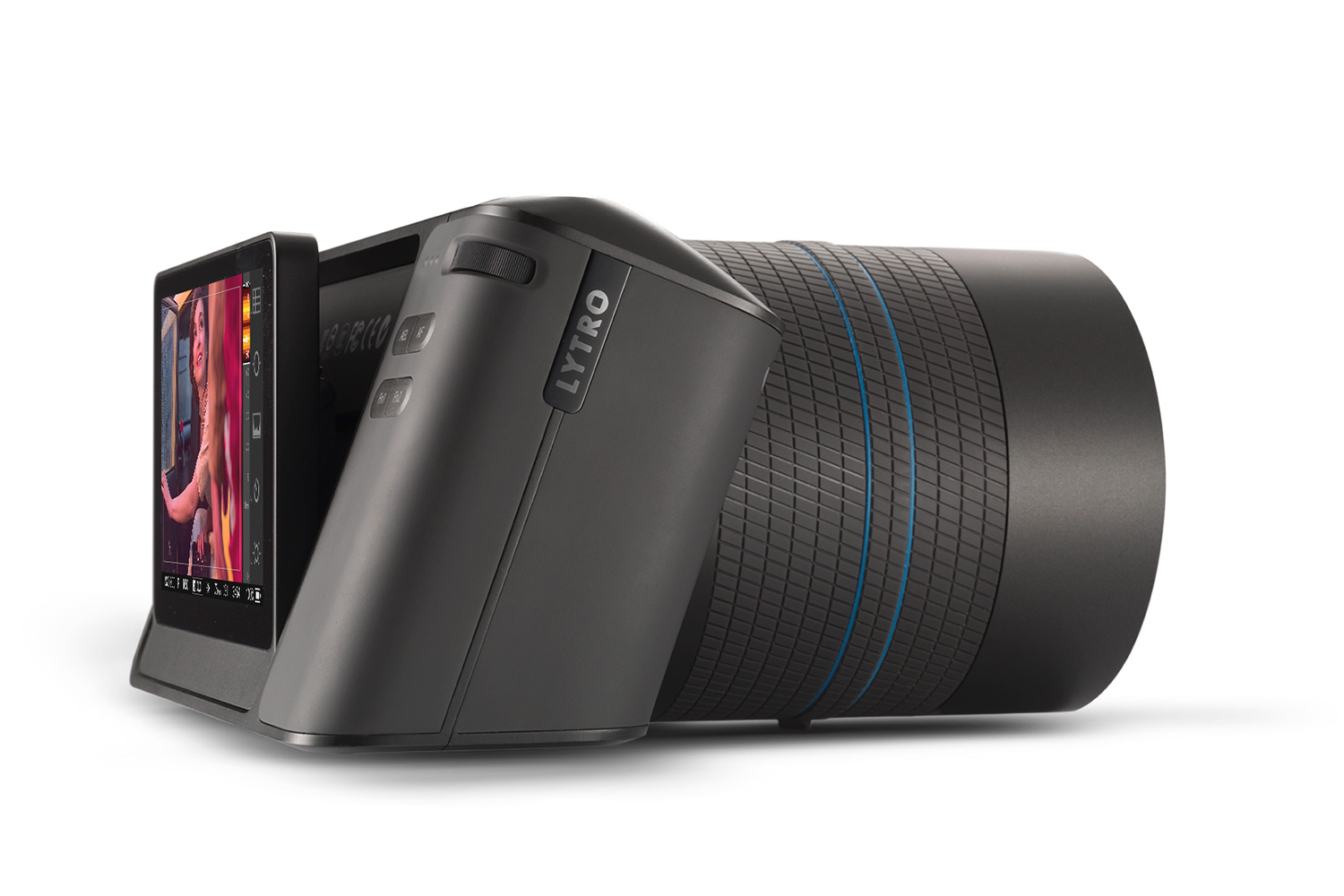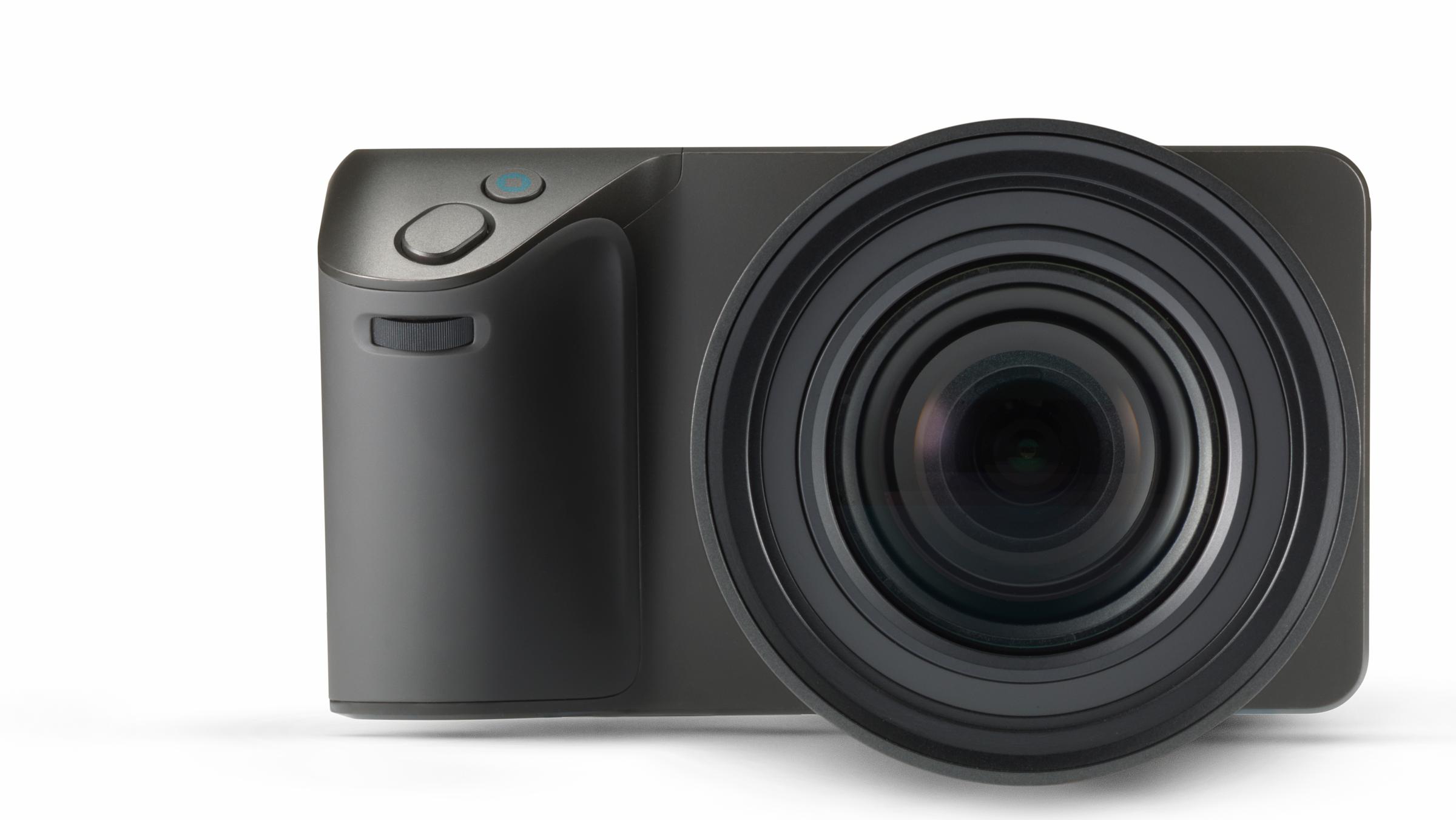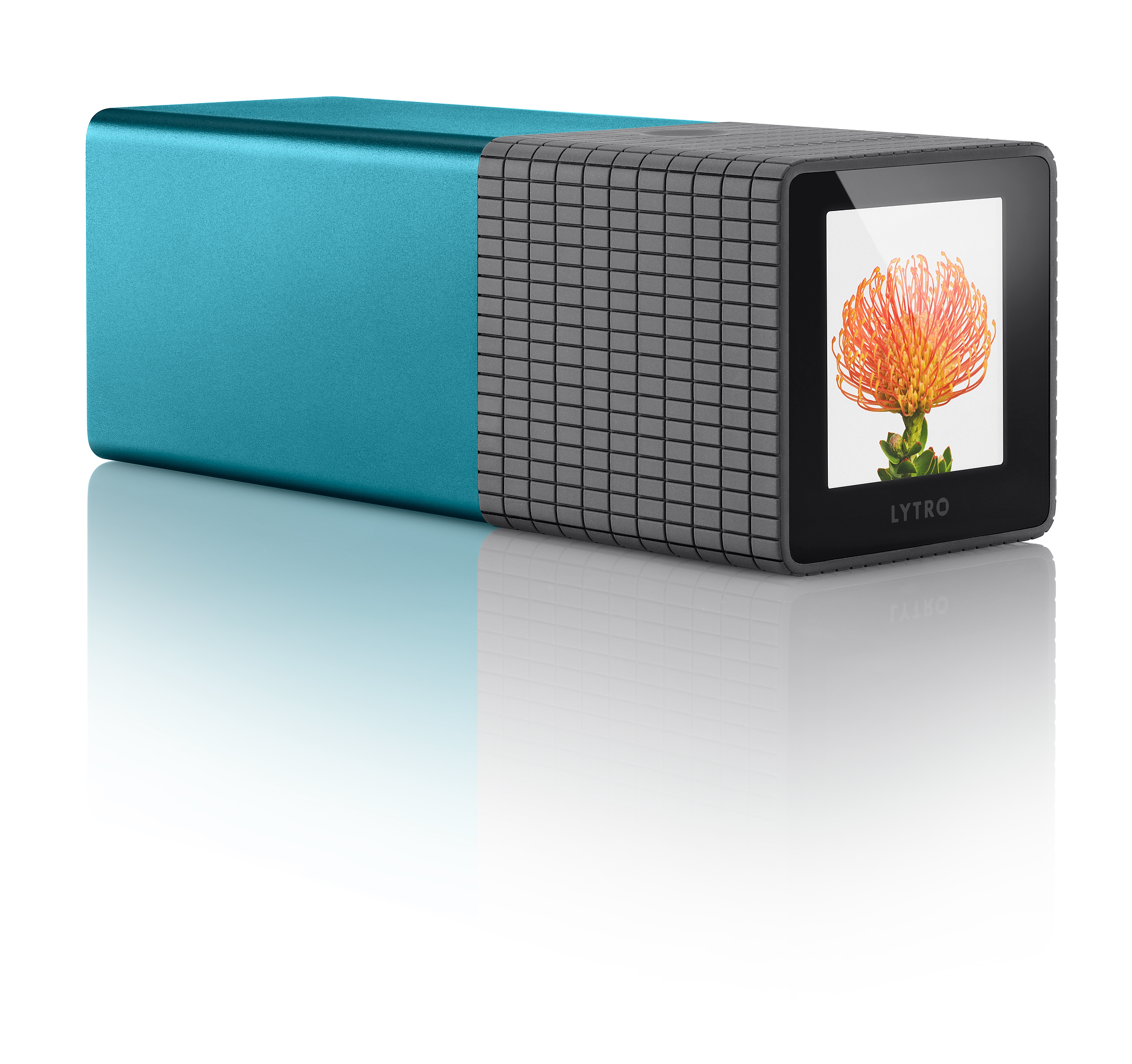
The first time I wrote about Lytro was back in October of 2011, when it announced its first product. I said it was “like no other camera you’ve seen before.” It wasn’t, and it isn’t.
The company’s $399 gizmo looks more like a pocket-sized kaleidoscope than a camera, and though it lacks many features standard on all other cameras, it uses light-field technology to create “living pictures” you can refocus after you shot them.
Since the camera’s debut, Lytro has added several new features–such as filters and an iPhone app–but the camera itself has remained the same. And even though it’s still the only light-field camera, it faces increasing competition from smartphone apps such as such as Google’s Android camera app. They use software alone to perform rough approximations of Lytro’s refocusing trick–usually very rough ones, but with the camera that’s already in your pocket.
Today, Lytro is announcing its second camera, the Lytro Illum. Rather than being what you might expect–an improved model at the same price point, or maybe even a lower one–it’s a radically different beast. Instead of going after garden-variety consumers, the Illum targets what the company calls “creative pioneers,” which it defines as professionals and passionate amateurs who are serious about staying on the cutting edge of storytelling technology.
So serious in fact, that they’re willing to pay $1,599 for this camera. That’s four times the cost of the original model (which remains on the market), and around the same price you might pay for a high-end consumer DSLR. The company will knock $100 off that price if you pre-order; it plans to start shipping the new model in July.
The basic light-field technology remains the same: Like the original Lytro, the Illum captures the direction of light in a scene as well as its color and intensity, giving it a fully three-dimensional understanding of the photos you take that other still cameras don’t have. That’s why you’re able to refocus photos after they’re taken and nudge them back and forth to see them from slightly different perspectives. But just about anything that the company could change about this new model, it did change.

That starts with the form factor. The first Lytro looked a bit like a squared-off, pocket-sized kaleidoscope, but this one looks like…a camera. A sizable, professional, stylish one–it leans forward in an aggressive stance–with a large lens and an articulated 4″ touchscreen display on the back and a shutter button where you’d expect it to be. It also has a slot for SD memory cards and a removable battery, two features absent in the original model. And it sports GPS and Wi-Fi, two features which aren’t yet standard fare on professional cameras.
The company also gave this camera a quad-core Qualcomm Snapdragon processor, the same one used in Samsung’s new Galaxy S5 smartphone. It says the new chip is 2,000 percent more powerful than the mundane one in its original camera, allowing the new one to do much more sophisticated image processing.

Shooting with the first Lytro is a bit of a trial-and-error job: The matchbook-sized screen is dinky, grainy and hard to see outside, and it’s tough to tell whether your photo will have enough depth of field to make for striking refocusing effects. The Illum’s screen looks big and beautiful, and there’s a neat dynamic preview that outlines the people and objects in your scene. This time around, you should have a much better idea of the end result before you press the shutter.
The big new lens should go a long way towards improving image quality. It’s a custom design with 8x optical zoom capability (30mm-250mm equivalent) with a constant aperture of f/2. Lytro doesn’t measure images in megapixels. Instead it uses megarays, and while it’s hard for us mere mortals to understand exactly what that means, the Illum’s sensor captures 40 of them, vs. the first Lytro’s 11. Photos are now in a standard 3:2 aspect ratio instead of the earlier model’s Polaroid-like square format, and Lytro’s sample images, at least, are much crisper and more detailed than previous “living pictures.”
Speaking of sample images, here they are. You can refocus and zoom around them; press the arrow icons to move between photos.
As before, you can share Lytro photos online (like I just did above) and view them in the Lytro app for the iPhone and iPad. There’s also a new feature that lets you create videos that pan in and out of a still Lytro image, focusing the scene as they go. It looks a little like a 3D “Ken Burns” effect, and some of it is visible in the below video produced by Lytro.
By pushing the Lytro Illum so far up the photographic food chain, the company answers the challenge from smartphone apps by pretty much avoiding it. Judging from Lytro’s samples, nobody will look at Illum photos and say “My phone can do that.”
So does that mean that Lytro is opting out of the mainstream consumer market? I asked Ren Ng, the company’s founder and chairman, that question. He said that’s not the case at all: There will be further models aimed at a wider audience of snapshot takers, and Lytro still believes that all photography will be light-field photography someday.
For now, this camera is aimed at a relatively small group of people who are really smitten with light-field photography and willing to spend a lot of money to do it as well as possible. For them, it looks like it’s going to be neat. And at least the rest of us will have the opportunity to look at some of the pictures they shoot.
More Must-Reads from TIME
- Donald Trump Is TIME's 2024 Person of the Year
- Why We Chose Trump as Person of the Year
- Is Intermittent Fasting Good or Bad for You?
- The 100 Must-Read Books of 2024
- The 20 Best Christmas TV Episodes
- Column: If Optimism Feels Ridiculous Now, Try Hope
- The Future of Climate Action Is Trade Policy
- Merle Bombardieri Is Helping People Make the Baby Decision
Contact us at letters@time.com